Why doesn't dill grow in the garden and what to do?
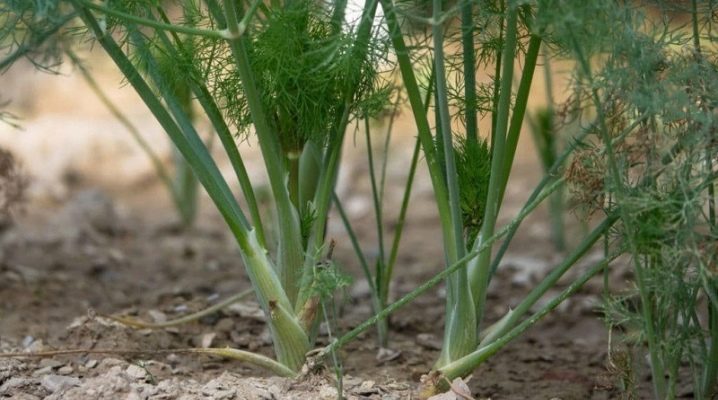
Dill is a wholesome and aromatic plant that can be seen in most home gardens. Greens do not need much maintenance and usually grows very well. But sometimes gardeners are faced with the fact that dill develops poorly and does not bear fruit.
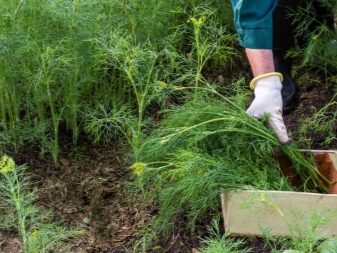

Bad conditions
If the dill does not grow in the garden or in the greenhouse, the gardener should pay attention to the conditions under which it was planted.
- The soil. First of all, you need to pay attention to the quality of the soil. She must be fertile. When sowing dill in an area with poor soil, the land should be fertilized first. For this, you can use both organic matter and complex mineral fertilizers. Usually gardeners embed compost or humus in the soil. This can be done both in autumn and in spring. The acidity of the soil also plays an important role. It shouldn't be too high. It is worth remembering that you should not deacidify the soil for dill with lime. This causes the dill foliage to turn red. Usually, ash is used for this purpose, which also serves as an excellent soil fertilizer and protects plant roots from diseases and various pests.
- Illumination. Dill, like many other plants, loves the sun. In insufficient light, green seedlings stretch out and become pale. Therefore, for planting a site, you need to choose sunny places. Do not place beds with greenery in the shade of trees or next to high fences. In such conditions, dill grows very poorly. Planting dill in a sunny area accelerates the sprouting process, because the soil in which the seeds are placed is well warmed up.
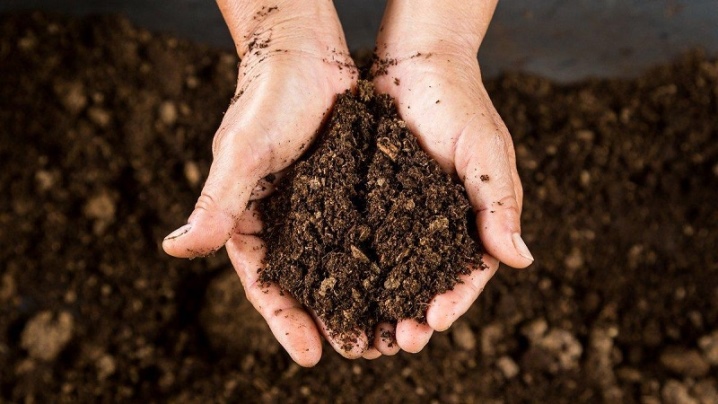
Incorrect fit
In order for plants to develop well, certain rules must be followed when planting them.
- You need to sow seeds in pre-moistened soil. If the soil is dry when planting the seeds, they will germinate for a long time. Water the plants with warm and well-settled water.
- Planting material should be located at a depth of no more than two centimeters. In addition, it should not be covered with soil too much. All this will lead to the fact that the dill will germinate for too long, and the sprouts will remain weak and pale.
- So that the greens are always at hand, several varieties of dill should be placed in the garden at once.
- Do not plant plants too close to each other. In this case, the seeds will germinate slowly.
In addition, it is important that at the time of sowing dill seeds, the soil is already well warmed up.
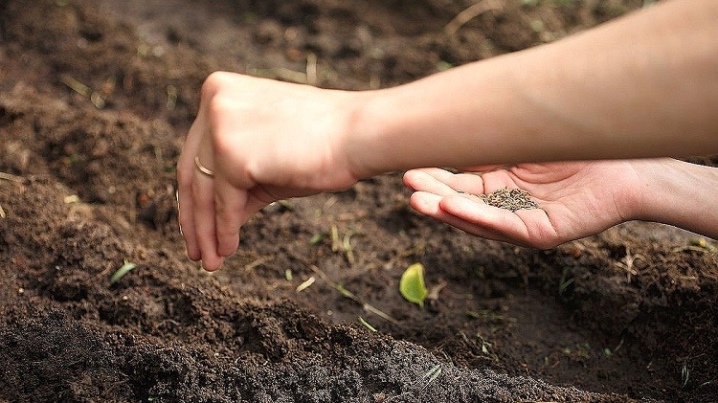
Bad seeds
Very often, the reason that the dill did not sprout is the poor quality of the seeds. Sometimes the greens growing in the garden reproduce by self-seeding. This leads to the fact that the greens degenerate and become less quality. To prevent this from happening, seeds are recommended to be bought in specialized stores or harvested by hand.
For planting in the soil, it is recommended to use well-ripened seeds that have been stored in a warm and dry place. The following procedures will help improve seed germination.
- Calibration. In order not to waste time planting low-quality seeds, they need to be sorted out well before sowing. Choosing for sowing is worth grains of the same size. There should be no stains or traces of mold on their surface. After separating low-quality seeds, the rest of the planting material must be sent to a container with a saline solution. In a couple of minutes, other low-quality grains will float to the top.The remaining seeds must be rinsed under running water and then dried on a sheet of paper.
- Soak. Soaking the seeds in warm water will help speed up the sprouting process. Grains, packed in a small bag, are placed in a container for a day. Instead of ordinary warm water, you can use a weak solution of potassium permanganate. The seeds are placed in it for just a couple of minutes.
- Use of vodka. You can speed up the process of seed germination by soaking the seeds in vodka. Leaving them in the container is only 15 minutes. After this treatment, the seed must be washed and dried. Such treatment significantly speeds up the process of seed germination.
If purchased seeds are used for planting, it is not necessary to soak them. It is enough just to sow them in well-moistened soil.
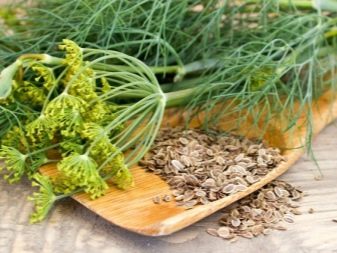
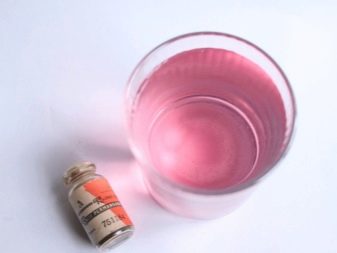
Improper care
In order for dill to develop well, it must be properly cared for after planting. Pay attention to the following procedures.
- Watering. Plants need a lot of moisture. Regular watering makes the leaves green and juicy. It is worth watering the plants twice a week. If the summer is hot, it is worth irrigating green beds every other day. Do not overmoisten the soil. This leads to stem rot and loss of dill aroma. Use warm water for irrigation. It will also protect plants from many fungal diseases.
- Top dressing. While there are still no shoots on the site, the beds are treated with mineral fertilizers diluted in containers. The grown seedlings also need feeding. You can determine what it is worth to feed the plants by focusing on their appearance. If the foliage turns red, then the dill is low in potassium. If it turns yellow and curls, the plants are deficient in nitrogen. To fix all these problems, dill must be fed. It is important to water the area well before fertilizing.
- Sun protection. If summer and spring are hot, it is important to protect the dill from the sun. To do this, it is worth installing a canopy over the beds. In this case, the soil will not dry out, which means that young dill will grow healthy.
- Loosening. To keep the soil light and airy, the beds need to be loosened regularly. In the process, it is also worth removing all weeds from the site. If this is not done, young sprouts will lack nutrients and will not be able to grow and develop normally.
Dill care does not take too long. Therefore, even a busy gardener can keep the beds in good condition.

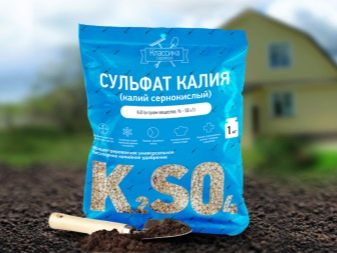
Diseases and pests
Very often, diseases interfere with the normal growth and development of dill.
- Powdery mildew. This is one of the most common diseases. A dense white bloom appears on infected plants. It darkens over time. If nothing is done, the plants die quickly. It is worth fighting this disease using purchased drugs.
- Blackleg. If the dill is sick, the lower part of the stem begins to darken. Because of this, the plant dies very quickly. You can get rid of this disease by treating the site with "Fitosporin".
- Cercosporosis. As a result of this disease, small dark spots appear on the stems and umbrellas. Over time, they grow and spread to other plants. You can save the site by treating the plants with Bordeaux liquid. It is recommended to carry out such processing once every two weeks.
- Peronosporosis. This disease affects not only dill, but also other greens on the site. As a result of the disease, a purple bloom appears on the seedlings, which darkens over time. After a short time, most of the diseased seedlings die. You can deal with this disease using a solution of copper oxychloride.
Very often, aphids appear on the site where dill grows. Because of this, dill curls up and disappears over time. To combat these pests, you can use simple folk remedies. A decoction of potato foliage or tomato stalks is excellent for processing the site.You can spray the area with a solution based on laundry soap. For protection from aphids, flowers with a strong aroma, such as marigolds or chamomile, can also be planted next to dill.
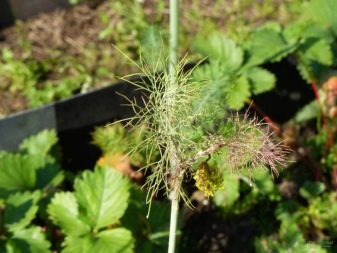
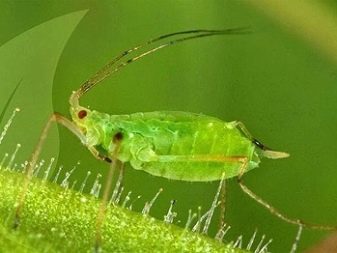
Useful Tips
The advice of experienced gardeners can help you grow high-quality fragrant greens in your garden.
- To increase the yield of dill, it is worth planting greens several times in a row. The interval between procedures should be at least two weeks.
- In addition to early varieties of dill, it is worth planting late varieties in the country. They are sown in early June. In this case, the crop can be harvested even in the fall.
- If weather conditions permit, it is better to plant dill in early spring. In this case, the bushes will grow strong and resistant to most diseases.
- From time to time, the greens need to be thinned out. For the first time, this is done immediately after germination. If this moment is missed, dill will curl and grow very slowly.
Summing up, we can say that it is very easy to grow greens in your summer cottage. The main thing is to do everything according to the rules, providing the plants with the right amount of moisture and feeding.
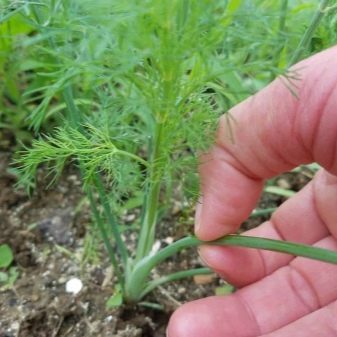
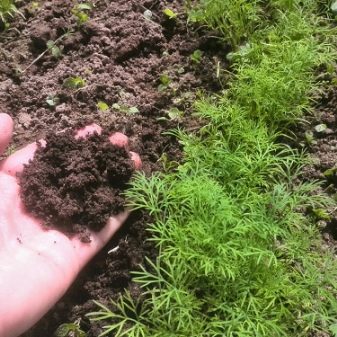













The comment was sent successfully.